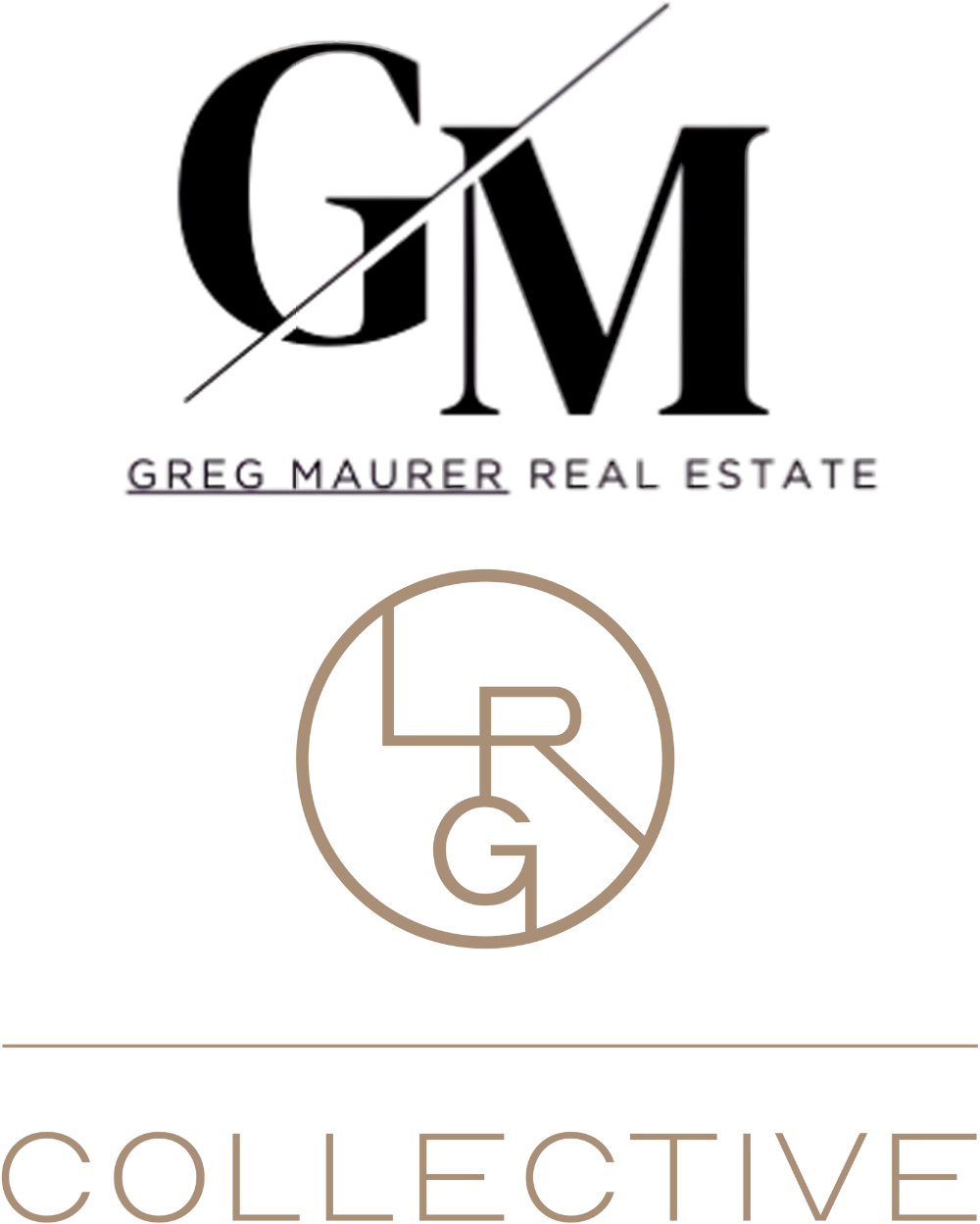As the Utah real estate market continues to evolve, staying ahead of the trends is essential for both buyers and sellers. With a combination of shifting economic factors and changing consumer preferences, it’s crucial to explore what lies ahead in this dynamic market. Join us on a journey through the predictions and insights that could shape the future of the Utah real estate landscape.
Understanding the Current Landscape
The current Utah real estate market presents a picture of resilience and growth. With a booming economy and a steady influx of new residents, demand for housing remains strong across the state. Cities like Salt Lake City and Provo continue to attract millennials and tech companies, driving up property values and rental prices. Despite the challenges posed by the global pandemic, the real estate market in Utah has shown remarkable stability and adaptability.
One key factor shaping the current landscape is the shortage of housing inventory. As demand outstrips supply, competition among buyers has intensified, leading to bidding wars and rising prices. This scarcity of homes for sale has put sellers in a favorable position, with many properties receiving multiple offers above asking price. The low-interest rates offered by lenders have also fueled this trend, making homeownership a more attractive prospect for many.
Moreover, the shift towards remote work has had a significant impact on the Utah real estate market. With more people able to work from home, buyers have expanded their search beyond urban centers to suburban and rural areas. This trend has driven up prices in previously overlooked neighborhoods and created opportunities for sellers in untapped markets. As we look ahead, it will be crucial to monitor how these changes continue to shape the housing landscape in Utah.
Another important aspect to consider is the state’s robust job market and economic stability. Utah’s diverse economy, bolstered by sectors such as technology, healthcare, and outdoor recreation, has remained resilient in the face of economic uncertainty. This strength has translated into a steady stream of new residents moving to the state in search of employment opportunities, further fuelling the demand for housing. These favorable economic conditions bode well for the future growth of the real estate market in Utah.
In summary, the current landscape of the Utah real estate market is characterized by high demand, low inventory, and robust economic fundamentals. Understanding these dynamics is essential for both buyers and sellers looking to navigate the complexities of the market and make informed decisions. By staying informed and adaptable, stakeholders can position themselves for success in this dynamic and evolving market.
Emerging Trends and Market Predictions
Looking ahead, several key emerging trends are shaping the future of the Utah real estate market. One notable trend is the increasing popularity of sustainable and energy-efficient homes. With a growing awareness of environmental issues, buyers are placing greater emphasis on eco-friendly features such as solar panels, energy-efficient appliances, and sustainable materials. As this trend continues to gain momentum, we can expect to see a rise in the construction of green homes and eco-conscious communities.
Another trend to watch is the impact of technology on the real estate industry. From virtual tours and 3D property models to online mortgage applications and digital closings, technology is revolutionizing how buyers and sellers interact with the market. As virtual platforms become more sophisticated and user-friendly, the ability to buy or sell a home remotely is becoming increasingly feasible. This trend is likely to streamline the real estate process and make transactions more efficient and accessible to a wider audience.
Furthermore, the shift towards multigenerational living arrangements is becoming more prevalent in Utah. With rising housing costs and an aging population, many families are opting to live together to share expenses and provide mutual support. This trend has fueled the demand for homes with flexible layouts and separate living spaces, accommodating the needs of multiple generations under one roof. Understanding and catering to this demographic shift will be crucial for developers and real estate professionals in the coming years.
Additionally, the rise of remote work has prompted a reassessment of housing preferences and priorities. With more people spending extended periods at home, the demand for properties with home office spaces, outdoor amenities, and flexible living areas has surged. Buyers are seeking homes that offer both comfort and functionality, reflecting the new reality of remote work and lifestyle changes. These shifting priorities are reshaping the design and functionality of residential properties, setting a new standard for the future of housing in Utah.
Impact of Economic Factors on Utah Real Estate
Economic factors play a crucial role in determining the trajectory of the Utah real estate market. As the state’s economy continues to thrive, propelled by a diverse range of industries, housing prices are expected to remain strong. Job growth, wage increases, and population growth are all factors that contribute to robust housing demand and appreciation. These economic fundamentals create a favorable environment for real estate investment and development in Utah.
One key economic indicator to watch is interest rates. With historically low mortgage rates, buyers are motivated to enter the housing market and take advantage of favorable borrowing conditions. The Federal Reserve’s monetary policy and economic outlook can influence interest rates, impacting affordability and demand for real estate. Monitoring interest rate trends and monetary policy decisions will be essential for understanding and predicting shifts in the Utah real estate market.
Moreover, demographic trends and population dynamics also shape the economic landscape of Utah. The state’s growing population, particularly in urban centers, drives housing demand and construction activity. Understanding the preferences and behaviors of different demographic groups, such as millennials, retirees, and young families, is essential for developers and investors seeking to meet the evolving needs of Utah’s diverse population. By tailoring housing solutions to demographic trends, stakeholders can position themselves for success in the competitive real estate market.
In conclusion, the Utah real estate market is poised for continued growth and innovation in the coming years. By staying informed about emerging trends, monitoring economic indicators, and understanding the evolving needs of buyers and sellers, stakeholders can navigate the market with confidence and foresight. The interplay of economic factors, demographic shifts, and market dynamics will shape the future of Utah real estate, presenting both challenges and opportunities for those willing to embrace change and adapt to new realities.
Navigating the Future
In conclusion, keeping a close eye on the emerging trends and economic indicators will be vital for anyone involved in the Utah real estate market. Whether you’re a prospective buyer, seller, or investor, understanding these factors can help you make informed decisions and stay ahead of the curve. The future holds both challenges and opportunities, and being well-prepared is key to navigating the ever-changing Utah real estate market.


